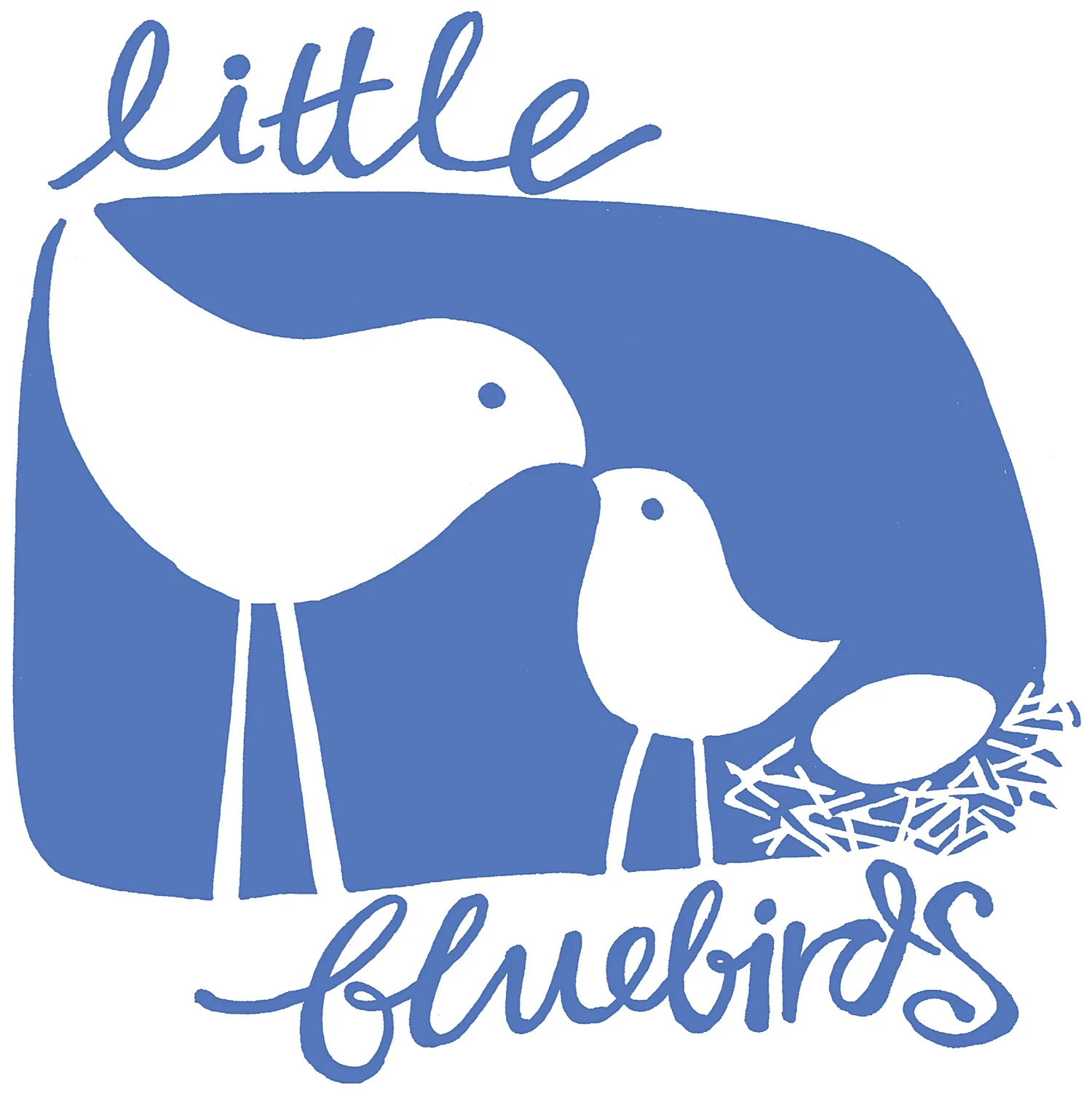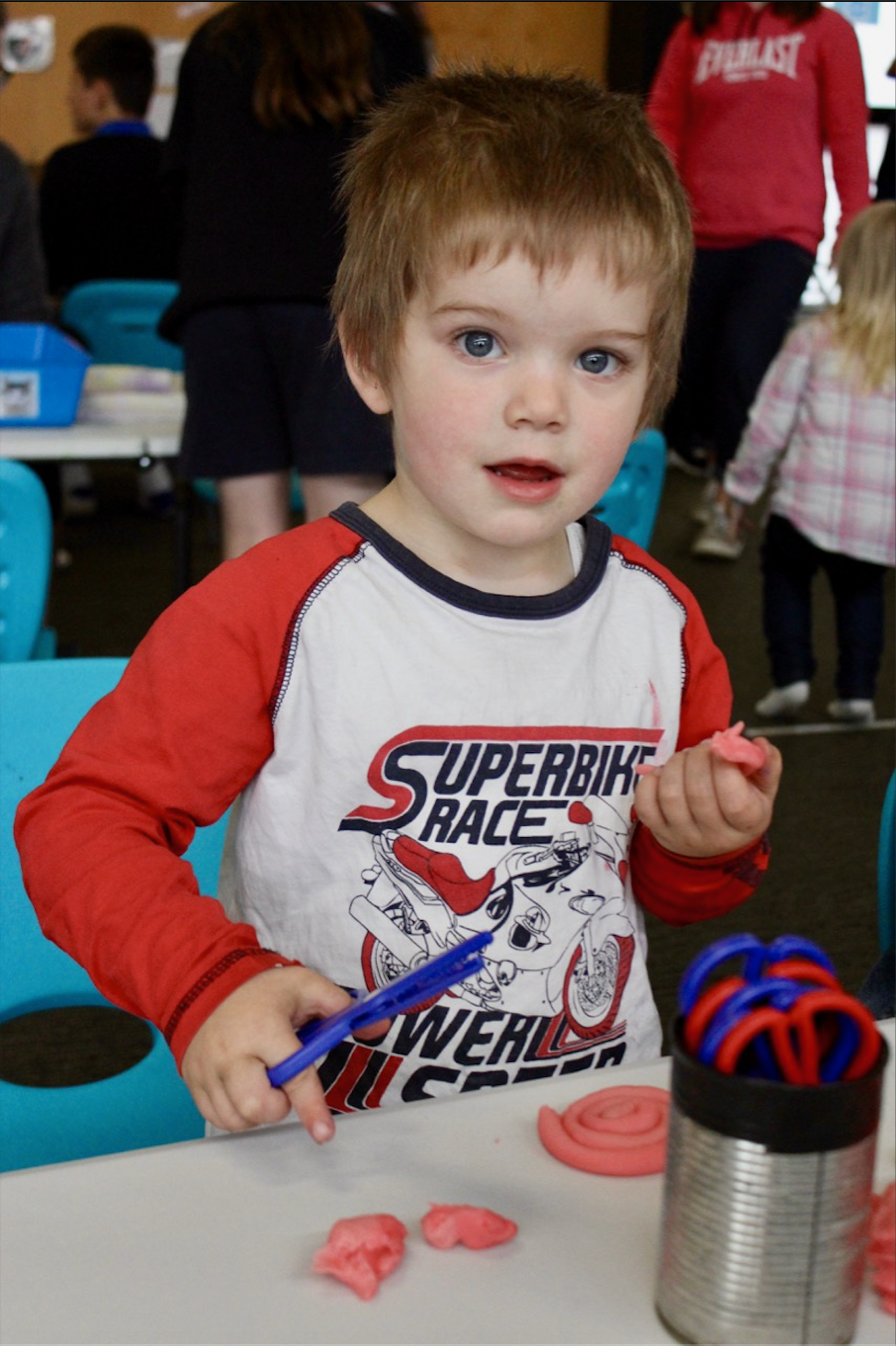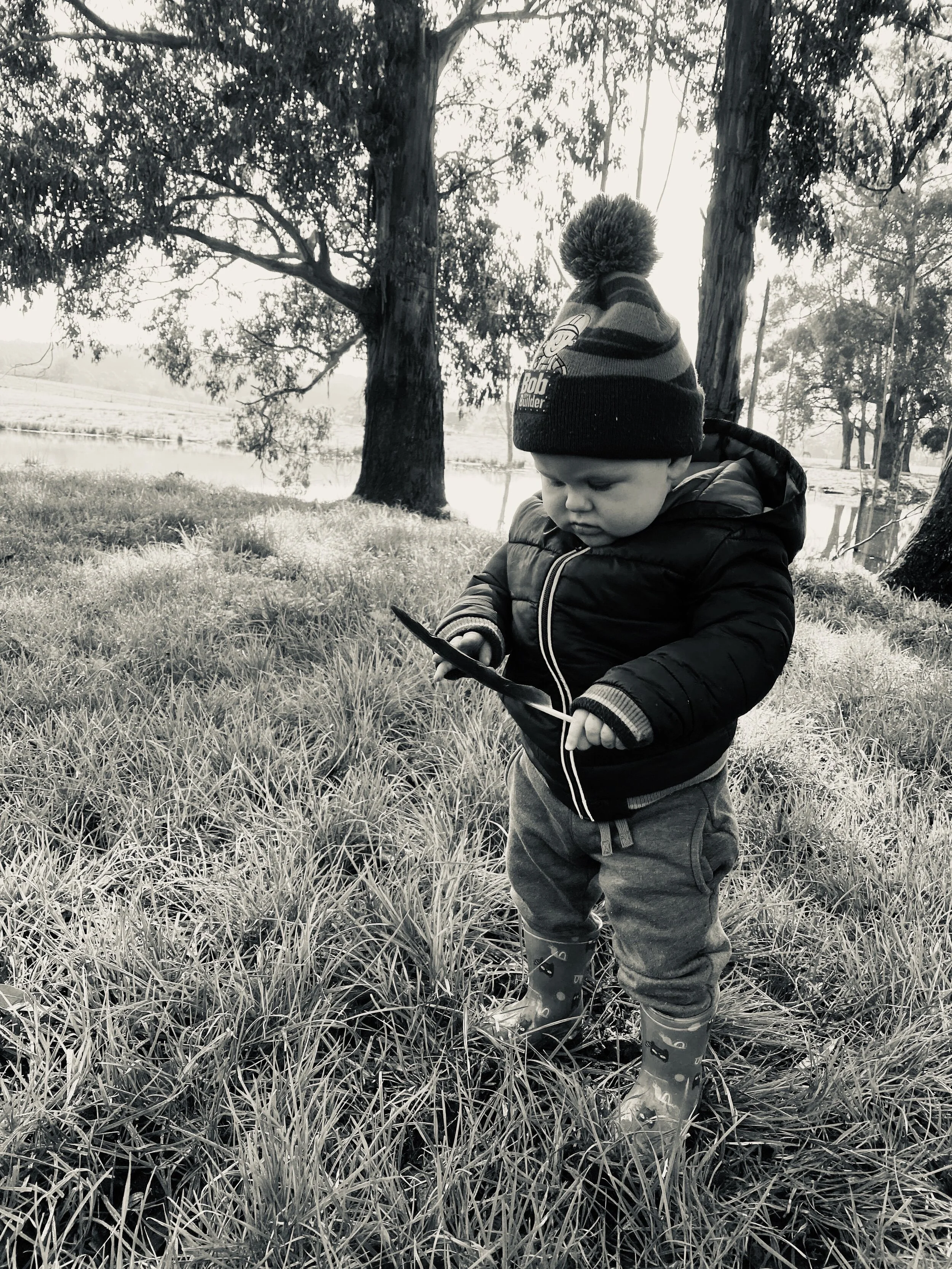Cutting with Scissors
From a student’s perspective
Each year the Bluebird Foundation works with Deakin University to provide placement opportunities for third year Occupational Therapy students. In 2020 the students have been preparing resources that share with you their learnings about child development. Big thanks to our guest blogger, OT student Amani for the following post.
Introduction
Cutting with scissors is a fun and creative activity. It’s also an important life skill to learn, as children need to use scissors at school, and to create and participate in craft activities.
However, it’s important to know that some children master the skill of cutting with scissors at an early age, while some master it later. The information below describes what is typical at each age, along with some recommendations of things you can do to build your child’s scissor skills.
Cutting with Scissors - Skill Development Stages
Age 1-2 years
Your child may start to show an interest in scissors.
They’re not ready to use sharp scissors yet. Offer them plastic non-sharp scissors.
Age 2-2.5 years
Your child may start to learn how to open and close the scissors with both hands.
They’re probably not ready to cut paper yet. At this age playdough can be offered with plastic non-sharp scissors.
Age 3-3.5 years
At this age, your child may learn how to hold the scissors and manipulate them using different fingers. They are probably ready to cut paper, under adult supervision. At first they will be able to manage one snip at a time but with practice will soon be able to cut a straight line.
Here are some examples of ways they may experiment with holding the scissors:
Age 4+ years
At this age your child may be able to hold the scissors by positioning their thumb up and their arm in mid-position between pronation (palm down) and supination (palm up).
With practice they’ll soon master cutting:
curved lines
simples shapes like squares and triangles
and eventually, complex shapes
Why learn to use scissors?
There are many reasons for learning to cut with scissors in the early years:
Cutting with scissors helps strengthen hand muscles
Helps with independent movement of each finger on both hands
Visual-motor skills (by using both hand and eye coordination)
Helps with focus and attention to complete an activity
Helps with fine motor skills (finger dexterity and hand separation)
Bilateral coordination skills (using two hands, one hand to hold the scissors, the other hand to hold the paper to cut).
This post has been written by me - Amani. I’m a third-year Occupational Therapy student. I want to follow my passion to work with children and adults in the occupational therapy field.











